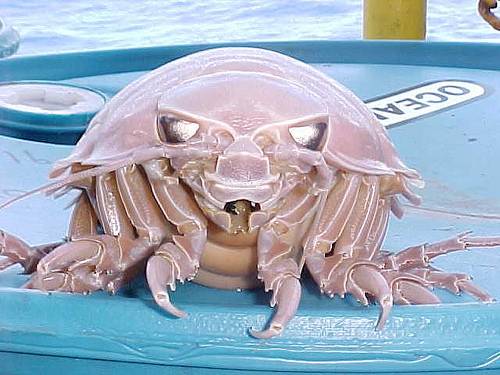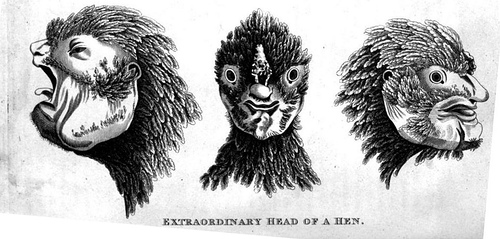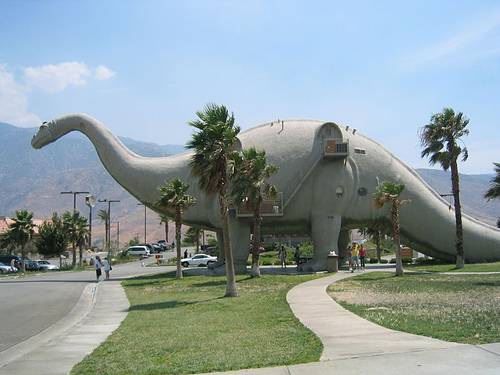On Oct. 26, 1873, fishermen Daniel Squires and Theophilus Piccot set out to fish for herring off Portugal Cove, Newfoundland. With them in the 20-foot dory was Piccot’s 12-year-old son, Tom.
On the water they spied a mass of flotsam that they took for wreckage or seaweed, but when they tried to draw it near with a boathook the thing struck the gunwale with a parrotlike beak and threw a tentacle around the boat. Thinking quickly, the boy hacked at the attacking creature until it released the dory and retreated.
The trio returned to port with a severed tentacle 19 feet long, which they gave to the Rev. Moses Harvey, an amateur naturalist in St. John’s. It’s thought to be the first conclusive proof of the existence of giant squid.





